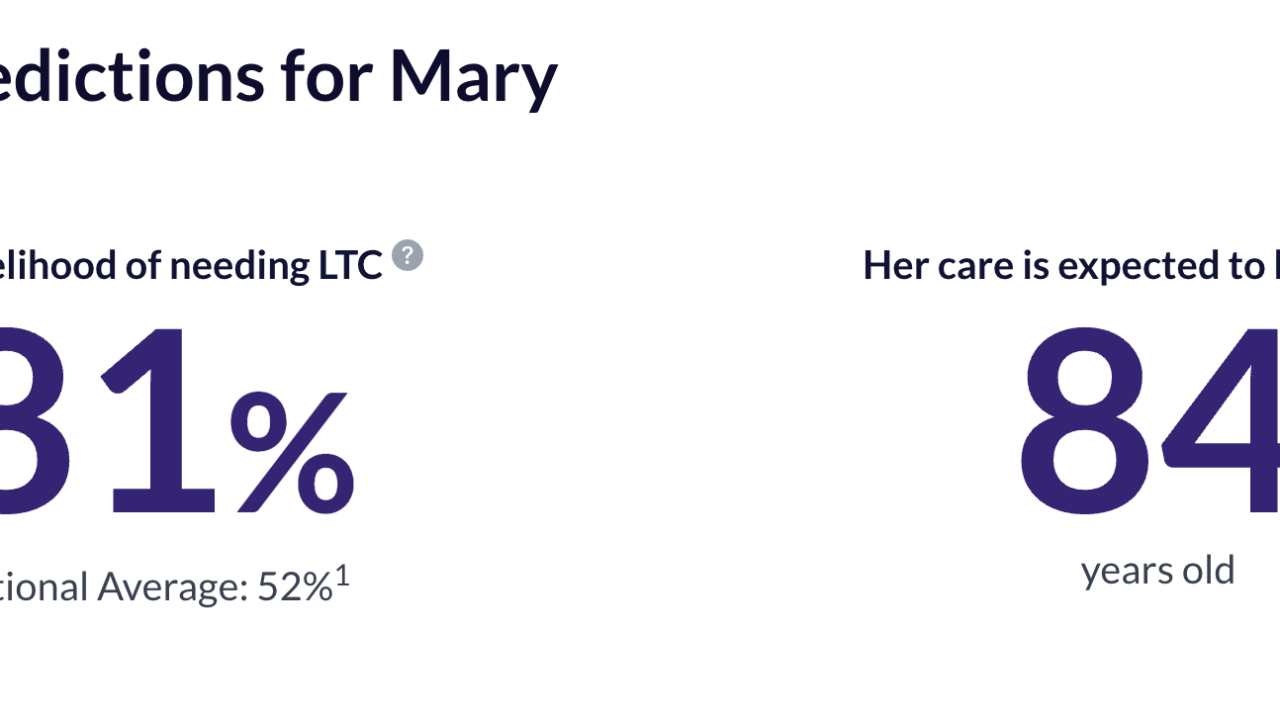We had a lot of time to fill during the pandemic, as people’s routines were flipped upside down along with our sense of normalcy.
Now, nearly two years since those initial COVID lockdowns changed the way we work, communicate and live, we’ve adapted to new ways of doing things. It’s no longer odd to keep in touch with far-flung family, friends and coworkers with frequent Zoom calls, and our post-work routines include valuable hours that were previously spent
However, not all time is spent leisurely, especially for working parents, who are still struggling to manage
Read more:
So how are we really spending our time during the 9-to-5 — and after it, too? Check out these COVID-era stats for how our days are being spent and the changes that may be here for good.






